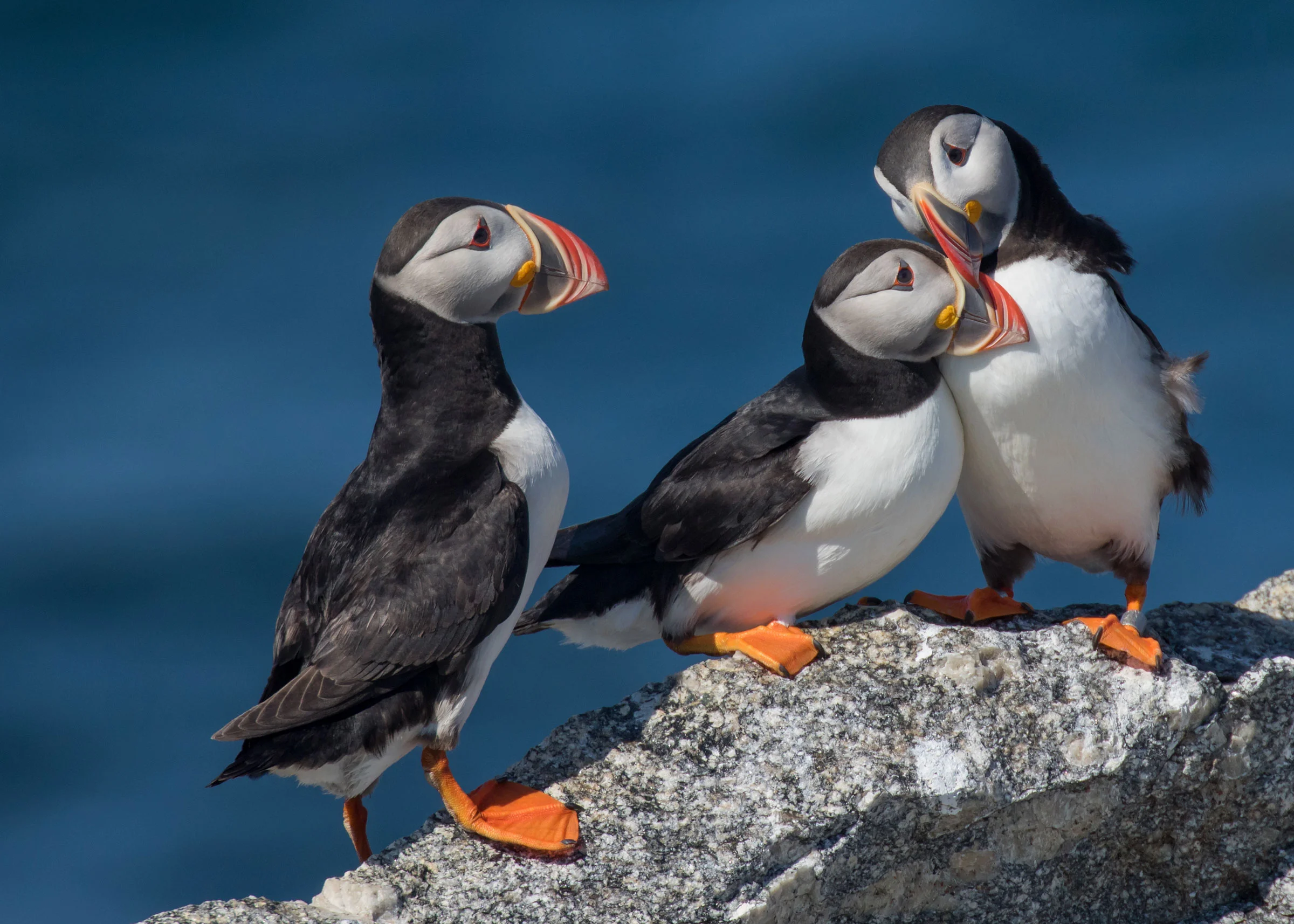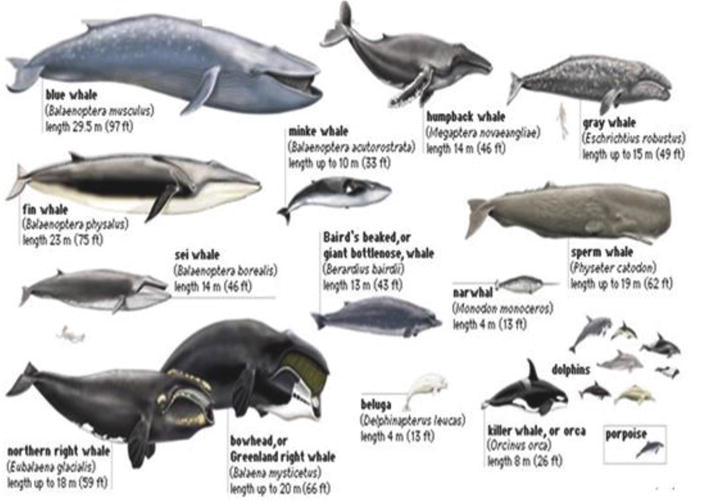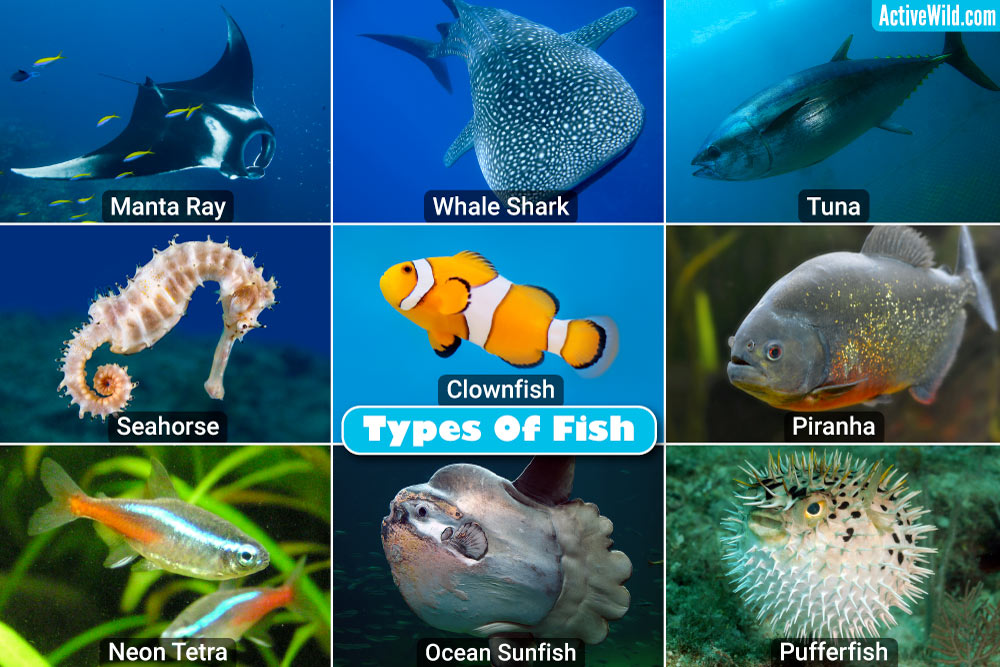The Atlantic Puffin: Fascinating Facts and Conservation Efforts
The Atlantic Puffin – A Captivating Seabird ===
The Atlantic Puffin, scientifically known as Fratercula arctica, is a remarkable seabird that has captivated the hearts of bird enthusiasts and nature lovers alike. With its colorful beak, distinctive appearance, and charming behavior, the puffin has become an emblem of coastal regions in the North Atlantic. In this article, we will delve into the fascinating world of the Atlantic Puffin, exploring its habitat, physical characteristics, feeding habits, breeding season, life cycle, conservation status, conservation efforts, success stories, and the challenges and hopes for its future.
===Habitat and Distribution: Where Can Puffins Be Found?===
The Atlantic Puffin is primarily found along the coastlines of the North Atlantic Ocean. They are particularly abundant in the eastern coasts of North America and Europe, including countries such as Canada, Iceland, Norway, and the United Kingdom. Puffins are highly adapted to nesting on steep cliffs and rocky islands, where they can find suitable burrows for breeding and protection. These seabirds spend the majority of their lives at sea, only returning to land during the breeding season.
===Physical Characteristics: Unraveling the Puffin’s Unique Appearance===
The Atlantic Puffin’s most distinctive feature is its colorful beak, which appears bright orange in the breeding season and fades to a duller color during the winter. This beak serves multiple purposes, including attracting mates, carrying multiple small fish to their young, and digging burrows. Puffins also possess a stocky body, short wings, and webbed feet, making them exceptional underwater swimmers and agile fliers. Their black and white plumage provides excellent camouflage during hunting expeditions at sea.
===Feeding Habits: A Look into the Puffin’s Diet and Hunting Techniques===
Puffins are well-adapted hunters and primarily feed on small fish, such as herring and sand eels. They use their specialized beak to catch their prey, holding several fish crosswise in their beaks before returning to their nests. Puffins are capable of diving to depths of up to 60 meters (200 feet) in search of food, using their wings and webbed feet to propel themselves underwater. Their hunting techniques are incredibly precise, allowing them to catch fish in large quantities to sustain themselves and their offspring.
===Breeding Season: Insights into Puffin Reproduction and Nesting Sites===
The breeding season for Atlantic Puffins typically begins in late spring and extends into summer. During this time, puffins return to their nesting sites on cliffs and islands, where they establish monogamous pairs. Puffins often return to the same nesting site year after year, reusing their burrows or excavating new ones. These burrows provide protection from predators and harsh weather conditions. Puffins lay a single egg, which is incubated by both parents for approximately 40 days. Once hatched, the parents take turns in feeding and caring for the chick.
===Life Cycle: From Egg to Fledgling – Puffin Development Stages===
After hatching, the puffin chick remains in the burrow for around six weeks, being fed regurgitated fish by its parents. As it grows, the chick develops a dense, fluffy down, eventually acquiring its juvenile plumage. At around seven weeks old, the chick leaves the burrow, undertaking its first flight towards the ocean. Then, the fledgling begins its independent life at sea, learning to swim, dive, and hunt. Puffins usually reach maturity at four to five years old, at which point they will return to their breeding grounds to find a mate.
===Conservation Status: Assessing the Threats to Puffin Populations===
Despite their once vast numbers, the Atlantic Puffin faces several threats to its population. Climate change has resulted in shifting ocean currents, impacting the availability and distribution of the puffin’s prey. Overfishing also poses a significant threat, depleting the fish stocks that puffins rely on for nourishment. Additionally, habitat destruction and pollution, including oil spills, can disrupt their nesting sites and harm their overall well-being. These combined factors have led to a decline in puffin populations in certain regions, placing them on the vulnerable or endangered species list.
===Conservation Efforts: Initiatives to Safeguard the Atlantic Puffin===
Numerous organizations and governments have recognized the need to protect the Atlantic Puffin and its habitat. Conservation efforts include the establishment of marine protected areas, the implementation of fishing regulations to preserve fish stocks, and the monitoring of nesting sites to prevent disturbance. Public awareness campaigns have also played a crucial role in educating communities and tourists about responsible behavior around puffin colonies. These efforts aim to ensure the long-term survival of the Atlantic Puffin and its crucial role within the marine ecosystem.
===Success Stories: Celebrating Conservation Triumphs for Puffins===
Conservation initiatives have yielded positive results in certain regions, leading to success stories for the Atlantic Puffin. For example, in the United Kingdom, the establishment of protected areas, such as the Farne Islands and Skomer Island, has resulted in an increase in puffin populations. Similarly, in Iceland, where puffins are considered a national symbol, efforts to reduce hunting and protect nesting sites have led to the recovery of some colonies. These success stories highlight the effectiveness of targeted conservation measures in safeguarding puffin populations.
===Future Outlook: Challenges and Hopes for the Atlantic Puffin===
While there have been notable successes in conserving the Atlantic Puffin, significant challenges remain. Continued climate change, habitat destruction, overfishing, and pollution pose ongoing threats to their survival. To secure the future of this captivating seabird, it is essential to prioritize conservation efforts and strengthen global cooperation in protecting their habitats. By implementing sustainable fishing practices, reducing pollution, and raising awareness, we can strive to ensure that future generations can continue to marvel at the beauty of the Atlantic Puffin in its natural environment.
===OUTRO:===
The Atlantic Puffin is undoubtedly one of the most captivating seabirds, with its unique appearance, remarkable hunting techniques, and intriguing life cycle. However, due to various threats, including climate change, overfishing, and habitat destruction, puffin populations are facing significant challenges. Nevertheless, ongoing conservation efforts and success stories provide hope for the future of this charming seabird. By understanding the puffin’s habitat, physical characteristics, feeding habits, breeding season, and life cycle, we can appreciate the importance of preserving and protecting these remarkable creatures for generations to come.



